
 |
ROLEXROLEXROLEXROLEXROLEXROLEX
 ROLEXROLEXROLEXROLEXROLEXROLEX
ROLEXROLEXROLEXROLEXROLEXROLEX
|
|
#1 |
|
"TRF" Member
Join Date: Feb 2009
Location: France
Watch: Rolex 1675
Posts: 70
|
An Himalayan Rolex soon to be offered
Has anyone noticed this lot (n° 137) in the forthcoming Antiquorum 21th of July auction ?
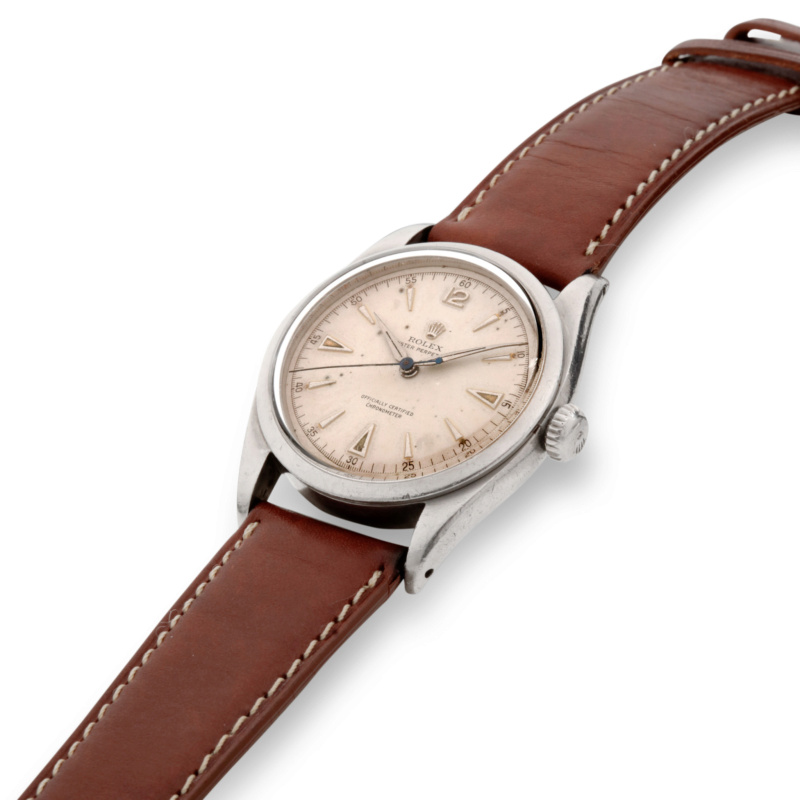 Source : https://catalog.antiquorum.swiss/en/...341-137?page=7 Does it ring a bell to any of you ? Yes, this 1952 Rolex Rolex Oyster Perpetual Ref. 6298 is very close to the 1953 Precision Ref. 6098 Pre-Explorer worn by 13 legendary mountaineers... Most have been said about the collection of watches brought on the top of the world by the expedition led by Col. Hunt which saw Edmund Hillary and Sherpa Tenzing Norgay reaching the summit of the Mount Everest... with this strapped on the wrist :  Source : Rolex (Beyer Jewellers Museum de Zurich) 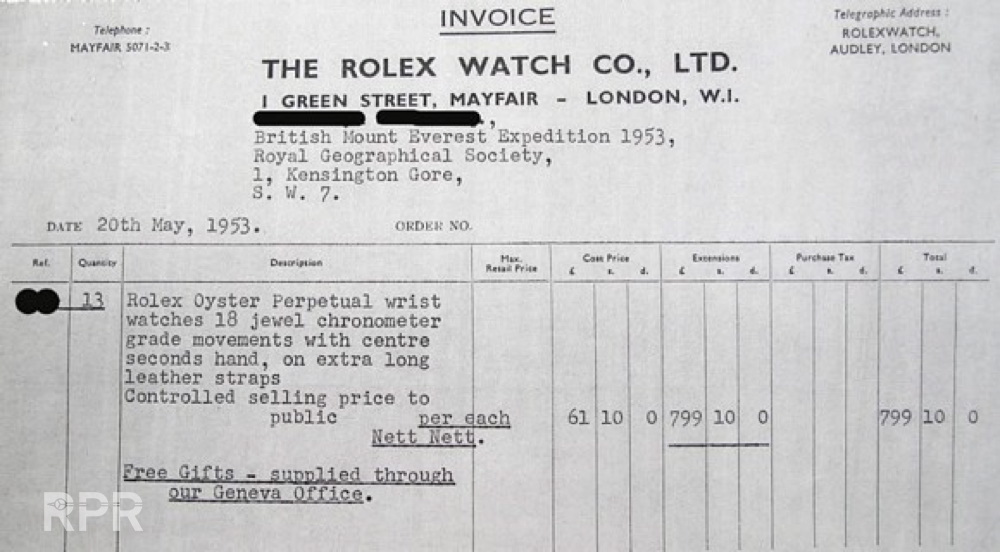 Source : RPR Along with this (but that's another story) : 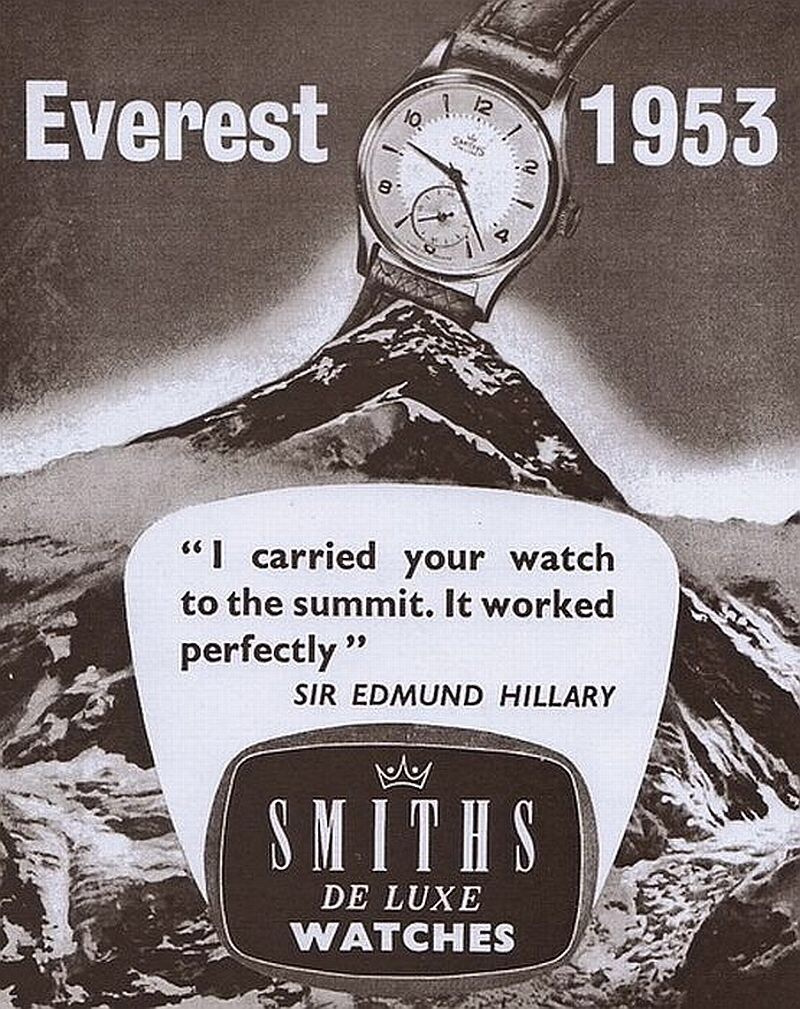 Amongst the many Himalayan expeditions to be provided in wristwatches by Rolex... 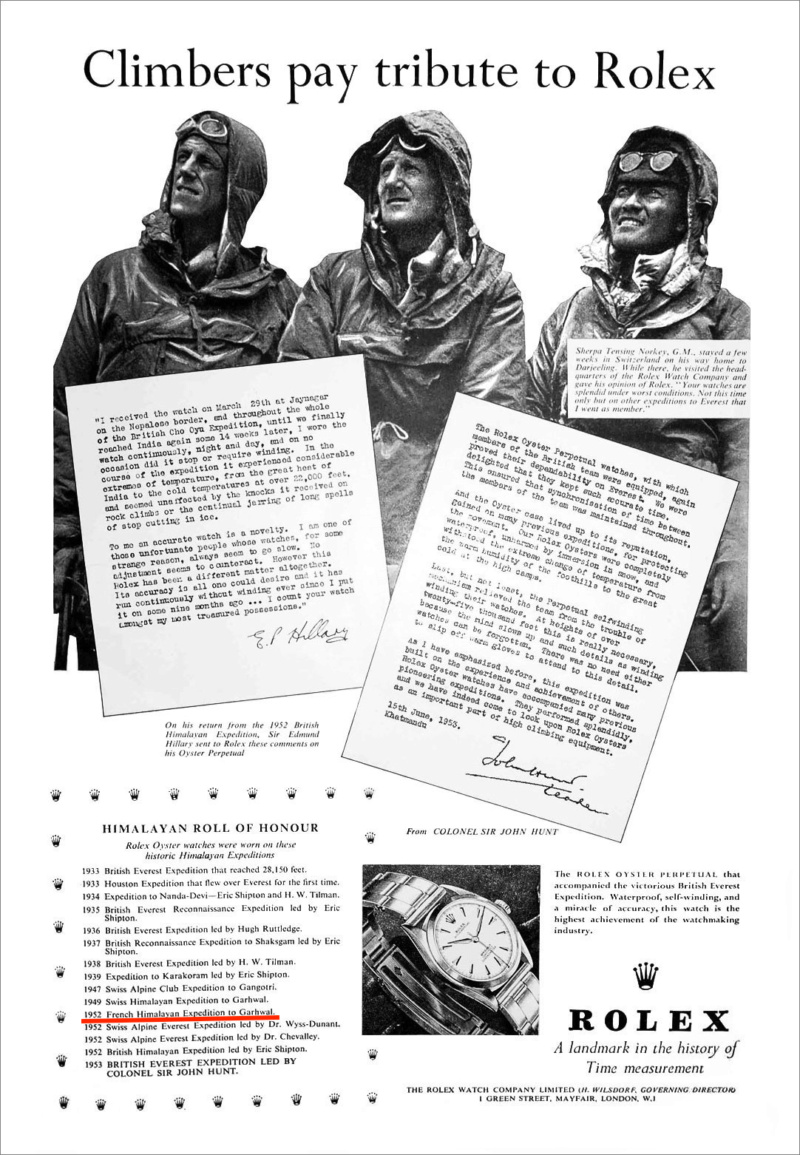 one sticks out... 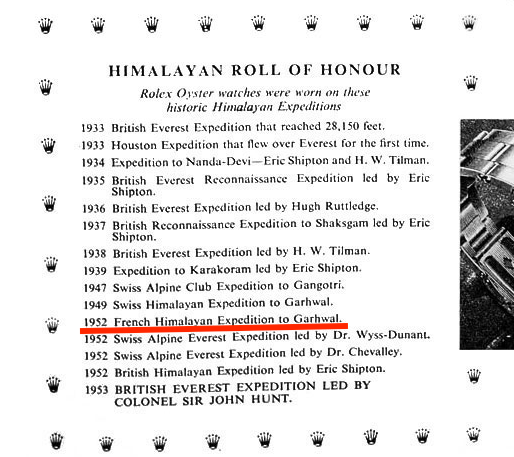 Let's see the Antiquorum note : "This Oyster, produced approximately in 1952, is engraved on its case back with the name “Lucien Georges”, the famous Swiss (sic) mountaineer who was part of the French expedition that attempted to climb Mount Chaukhamba. He achieved this goal with his compatriot, Victor Russenberger, on June 13, 1952, one year before Sir Edmund Hillary conquered Everest. Such a watch can only echo the genesis of the Explorer I. The first prototypes of the Explorer I appeared at the end of 1952 and were given to alpinists for several trials in real conditions. At this stage of development, they were simply bubble-backs with a white dial with applied "arrowhead" indexes at 3, 6 and 9 o'clock and "leaf" hands, with no mention of the word "Explorer" written on them." Bubble backs that led Italian collectors to give these watches a famous knickname : Ovettone (big egg), because of the profile shape of the watch case. "The second series of Ovettone was introduced in 1950 and was effectively a prototype tool watch. The first was a reference 6098 which like the 5020 series watches was of monoblocco construction and featured the newly designed Super Oyster Crown. The watches were powered by the A296 perpetual movement, which was very thick and therefore led to the design of the domed case back. Nest came the 6298, which was a three-piece case. These watches were the prototypes of the Explorer and the watches were worn on the Hillary Everest attempt in 1953." Bulangs and Son magazine. Let's talk about this expedition : "Aix-les-Bains, April 17. - Under the direction of Edouard Frendo, known guide of the great company of Chamonix, a French private expedition will embark, Saturday in Genoa, for Bombay, in order to attempt the ascent of a summit of Gahrwal in the Himalayas . The five-member expedition will also include Ms. Plovier-Chapelle, excellent mountaineer, team nurse; two young climbers, Lucien Georges and Victor Russenberger, and a filmmaker. This expedition will be the first private attempt without any subscription and will be financed only by its members." in Le Monde, le 18 avril 1952. "Chaukhamba (7,138 metres) is the main summit of the Gangotri Group mountain massif of the Garhwal Himalaya. It is located in the northern Indian state of Uttarakhand, west of the Hindu holy town of Badrinath. After unsuccessful attempts in 1938 and 1939, Chaukhamba I was first climbed on 13 June 1952, by Lucien George and Victor Russenberger, Swiss (sic) members of an otherwise French expedition." (Wikipedia) One year before, during the summer 1951, the French Lucien Georges and the Swiss Victor Russenberger trained in a Mont-Blanc range ice race in Valais, and climbed the west face of the Stralhorn: "a first direct ascent, hard climbing in a harsh atmosphere". in Les grandes ascensions dans les Alpes d'Europe aux Andes et à l'Himalaya, Bernard Pierre, Le Monde, le 02 janvier 1952. Marie-Louise Plovier-Chapelle was the First French woman to participate in a French expedition in Himayala. She related the ascent in her book Pélerinage interdit. Mésaventures d'une femme au pays de l'homme des neiges... (Pilgrimage prohibited. Misadventures of a woman in the land of the snowman... Editions I.R.C. Chambéry 1956). A review of Pélerinage Interdit : "Beautiful summit of 7188 meters, the Chaukhamba is located not far from the Tibetan border, and if one accepts the risks inherent in the high altitude, its conquest does not present very great difficulties. The approach walk is humanly one of the most interesting in the Himalayas since it follows the route taken by pilgrims heading towards the sources of the Ganges. If from an alpine point of view this expedition did not accomplish immense feats, it will have enabled Madame Marie Louise Plovier-Chapelle, who is one of the best female mountaineers and who, moreover, is the first French woman to participate in a Himalayan expedition to bring us an excellent story that only a woman could write. We can quickly guess that the wind from the summits was not without carrying some seeds of discord among the author's traveling companions. Without ever taking sides Madame Marie-Louise Plovier Chapelle describes, not without an amusing skill of pen, the discussions which, at the foot of the obstacle, opposed the "young" and the "old"." Jean Jacques Languepin, Revue La Montagne et Alpinisme n° 12, 1957. The French in Himalaya From May to July 1951, the Third French expedition to the Himalayas attempted to cross the two summits (7,816 m and 7 434 m) of the Nanda Devi in Garhwal and ended with the tragic disappearance of its leader Roger Duplat and his teammate Gilbert Vignes. Duplat-Vignes cordée left Camp II on the Nanda Nevi West and set up Camp IV at around 7,200 meters to spend the night there. On the 29th of June, they left Camp IV never to be seen again. Another Cordée, Dubost, Dr Payan and the "Sindar" (chief of the sherpas) Tenzing (The one and only Tenzing Norgay), stationed on the flanks of the eastern summit, decided to attack the Nanda Devi east (7,434 m). They reached the summit on the 6th of July. No trace was found of Roger Duplat and Gilbert Vignes; there was therefore no more hope and the sad retreat was decided. Like Everest in 1924, where Mallory and Irvine perished, Nanda Devi keeps her secret. A few month later, in October and November, under the leadership of the famous Eric Shipton, the English team, made up of Murray, Ward, New Zealanders EP Hillary and HE Riddiford, who had just succeeded in June in the Gahrwal the first ascent of Mukut-Parbat, recognized the southwest flank of Everest. The results would be very satisfactory. Back in London, Eric Shipton gave the reasons for his optimism. It is possible to reach, according to him, by the great western combe, itself defended by an immense sea of ice, the southern pass, and from there to gain, by a ridge which seems practicable, the summit and its 8,888 meters... |
|
|

|
 |
| Currently Active Users Viewing This Thread: 1 (0 members and 1 guests) | |
|
|
*Banners
Of The Month*
This space is provided to horological resources.